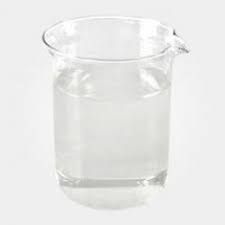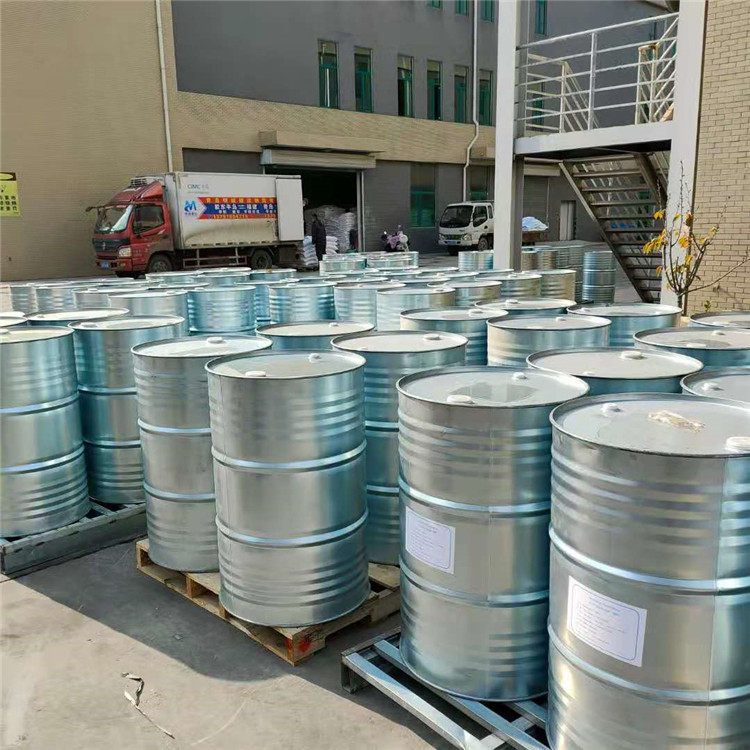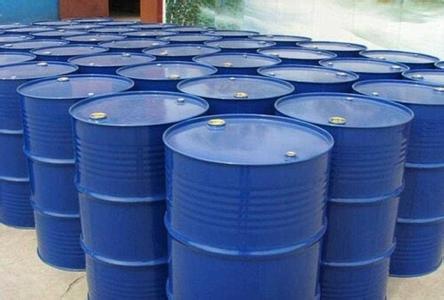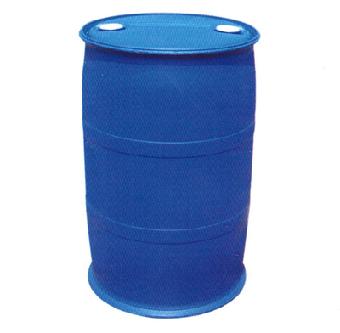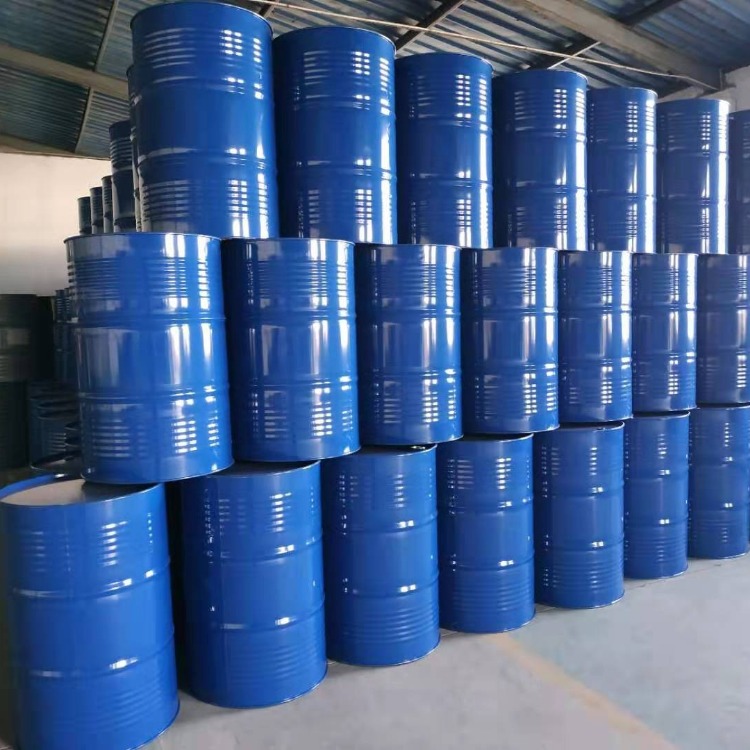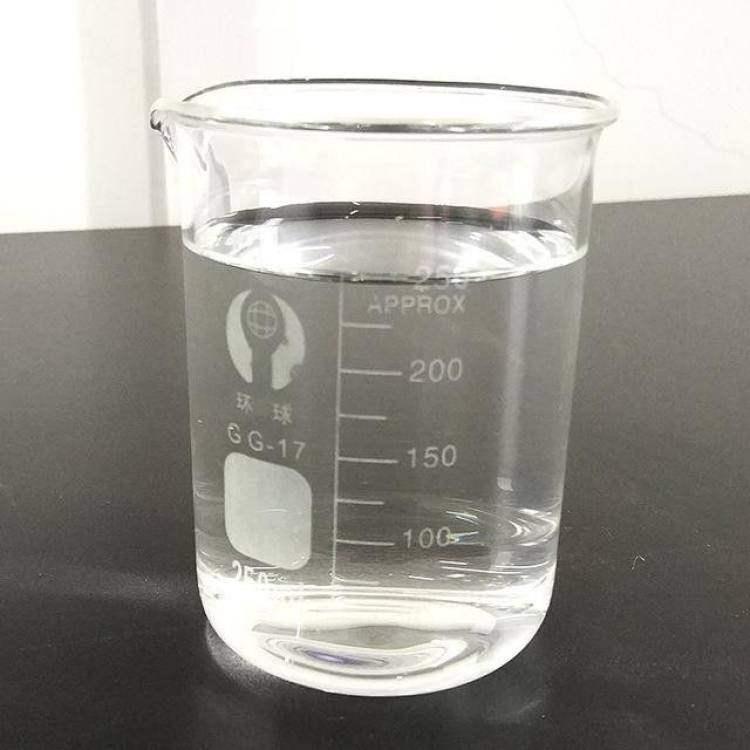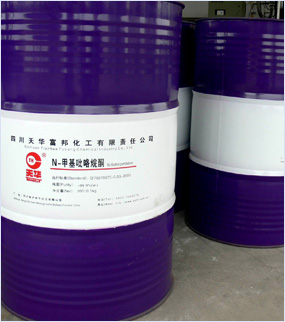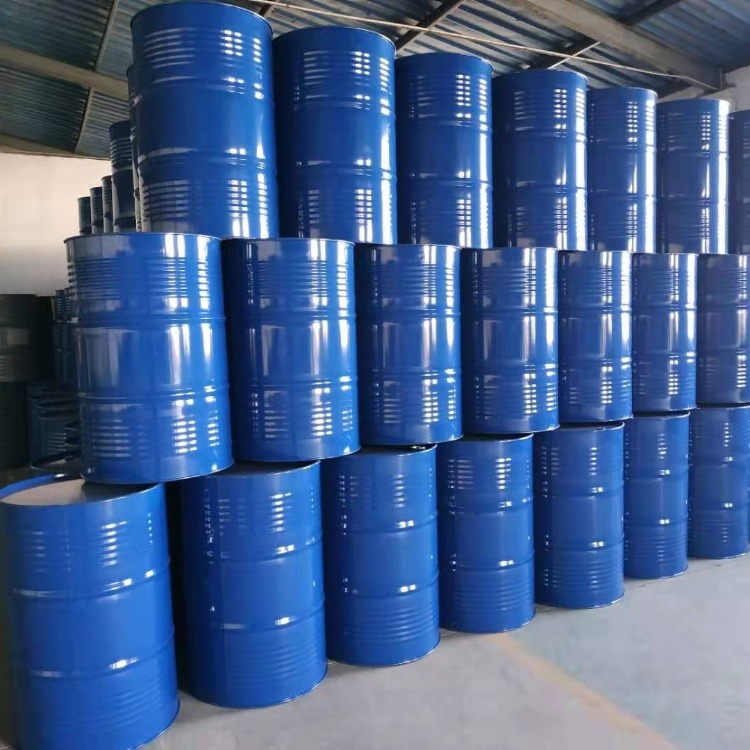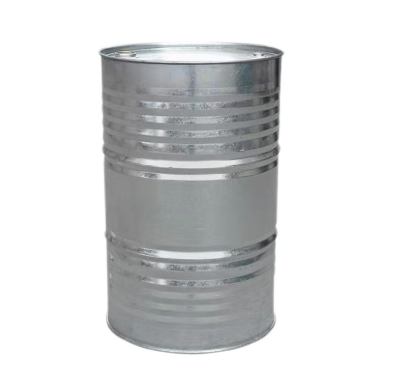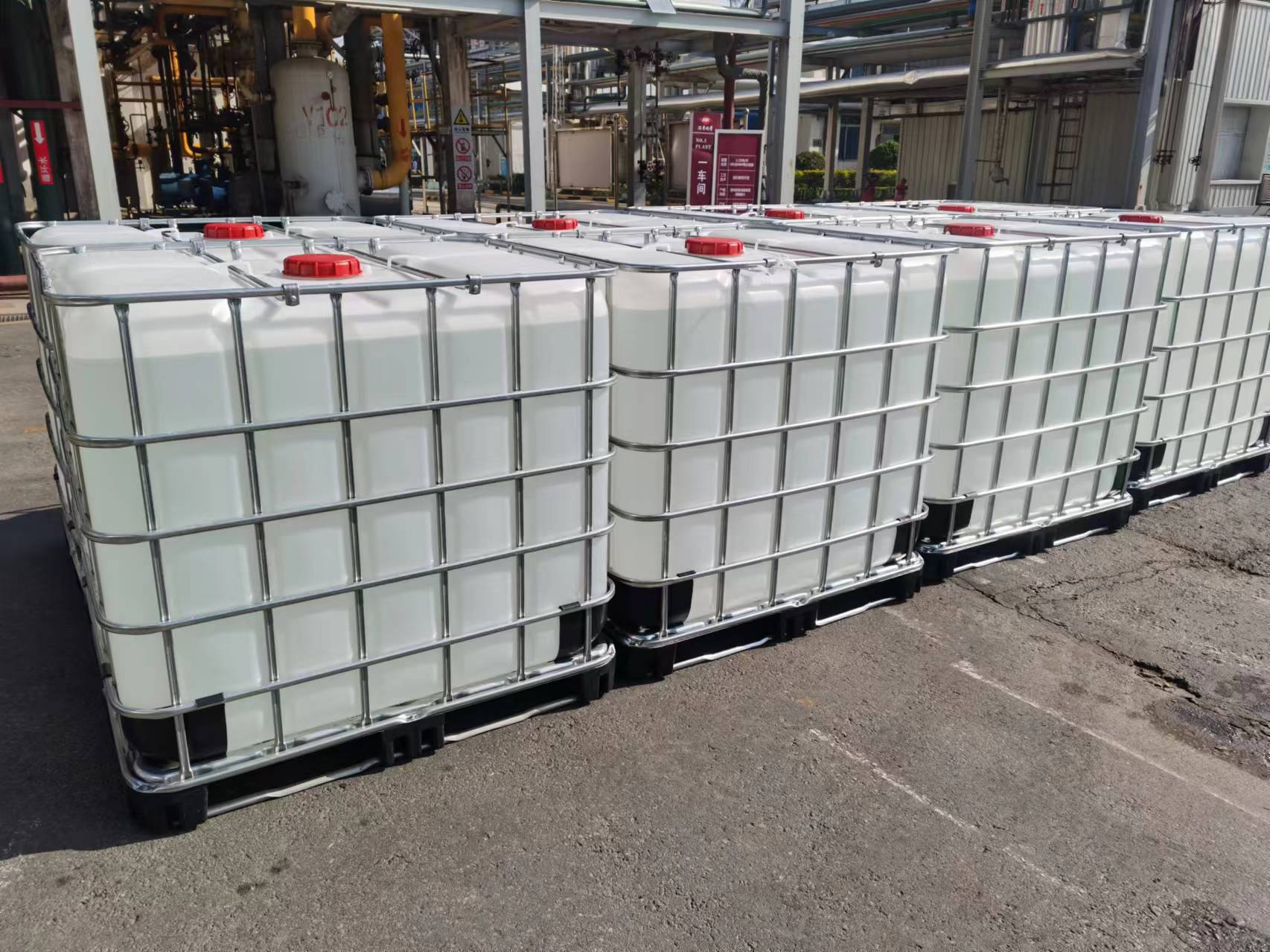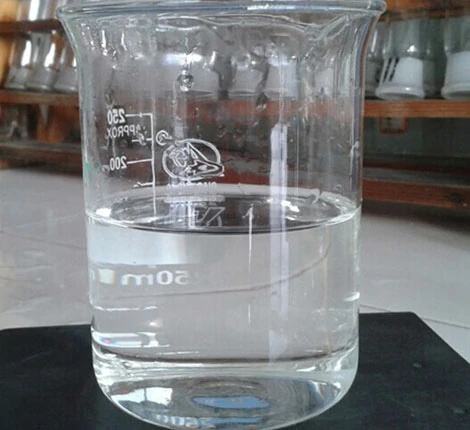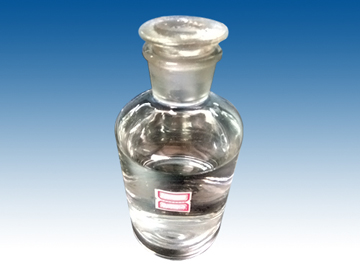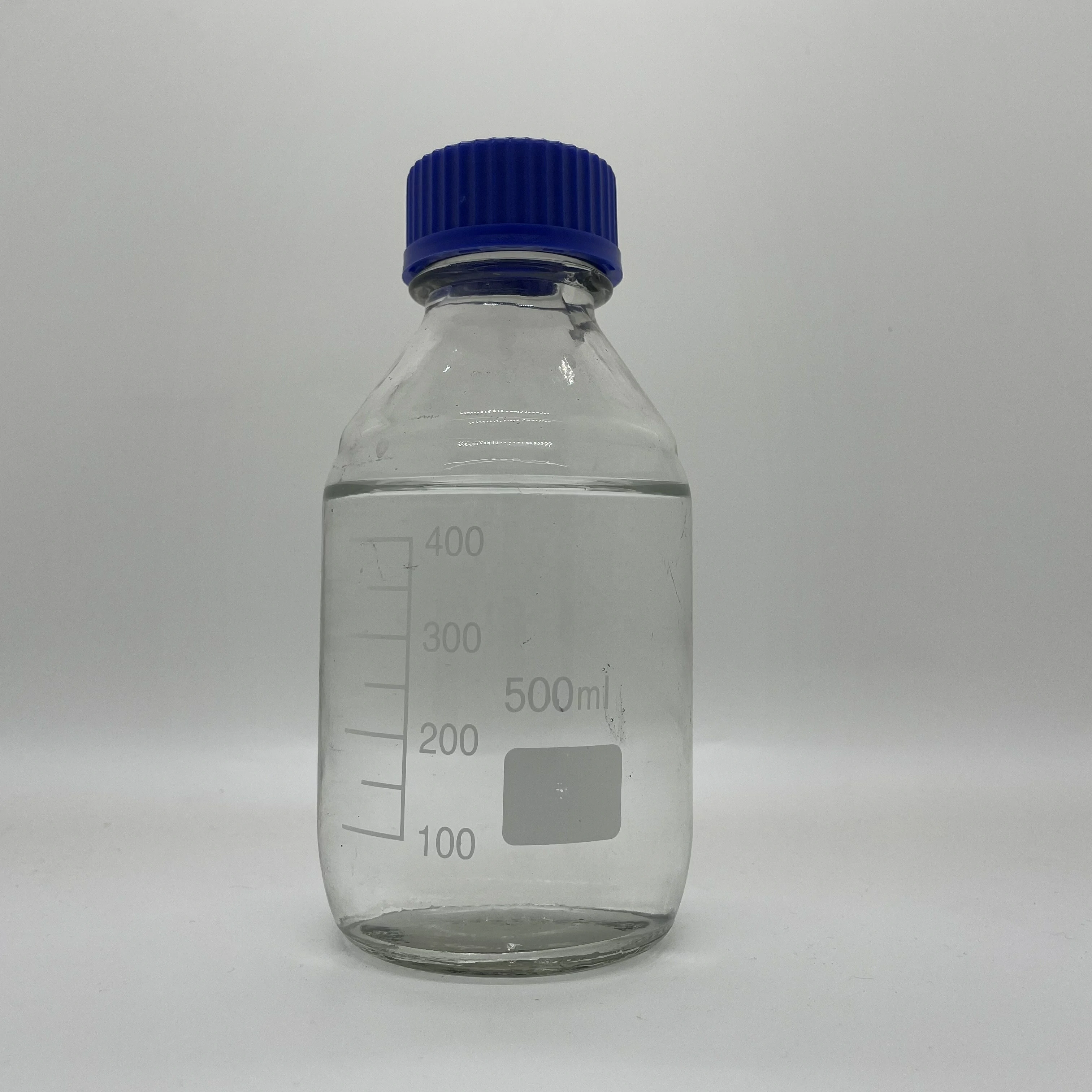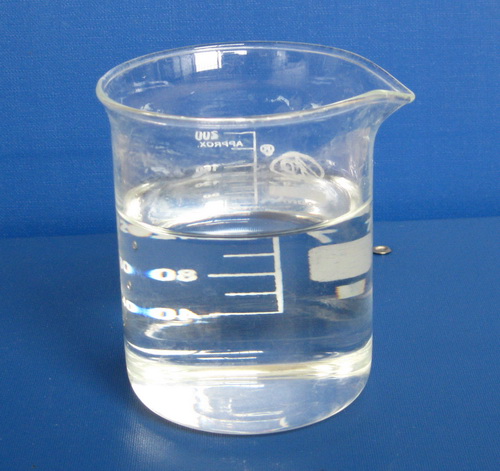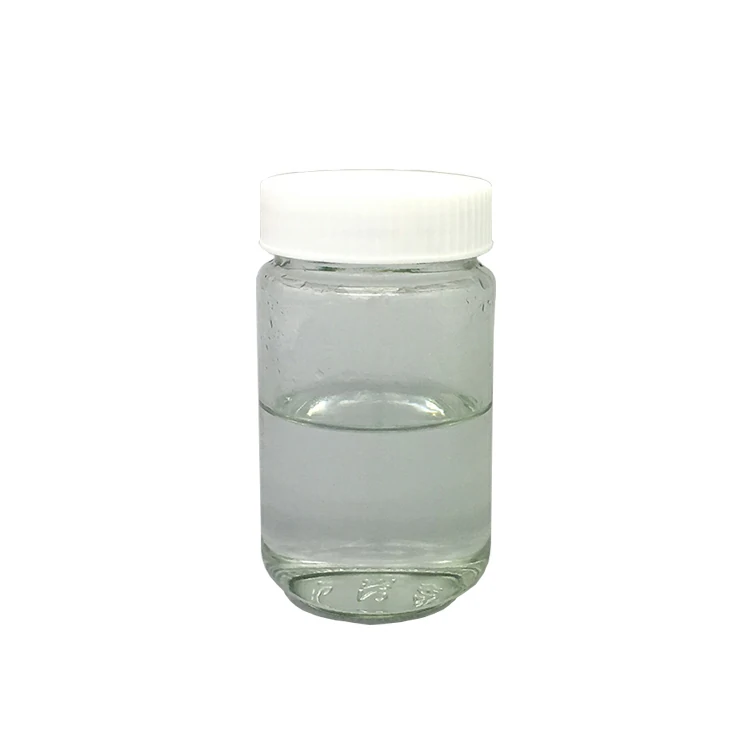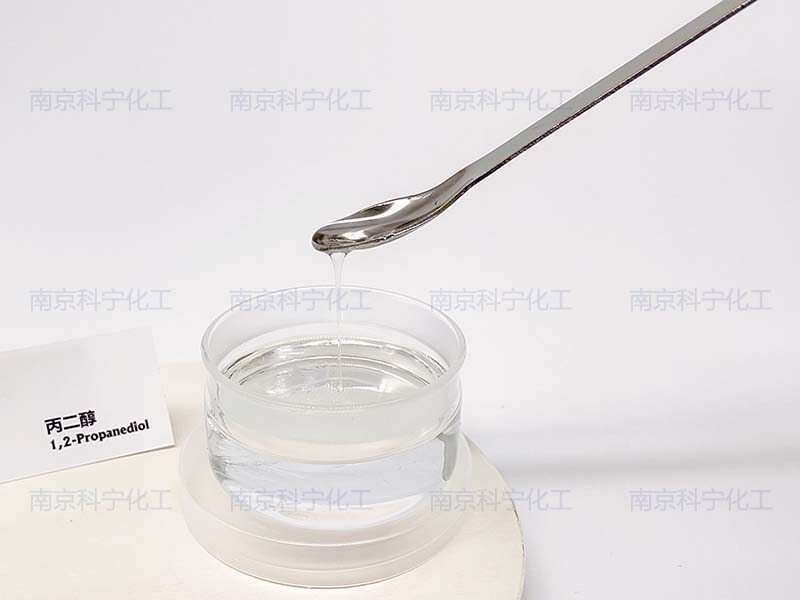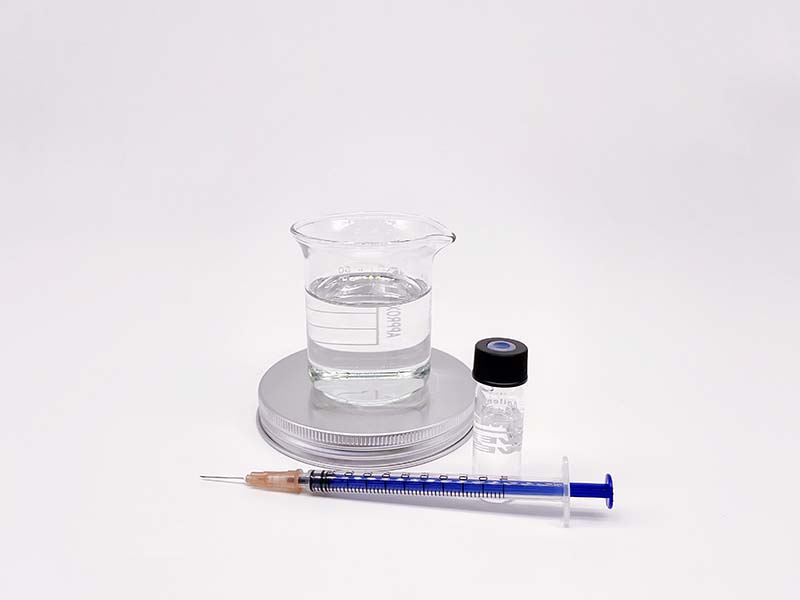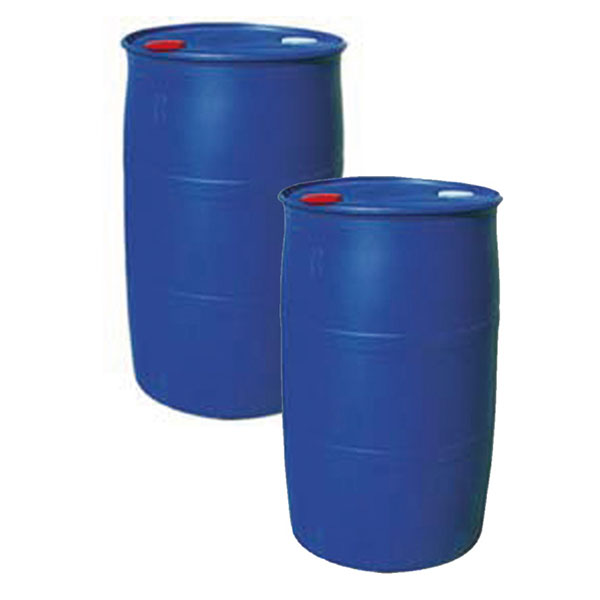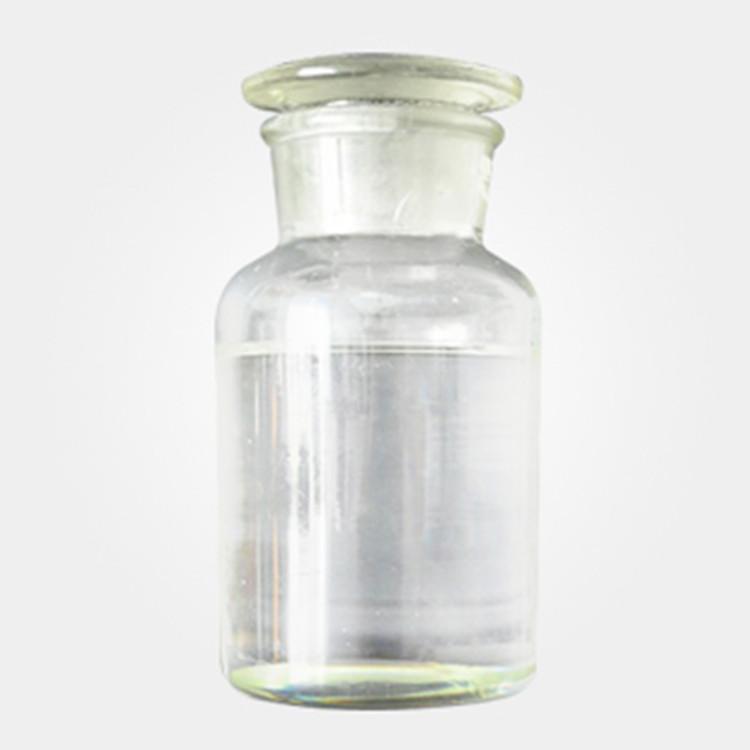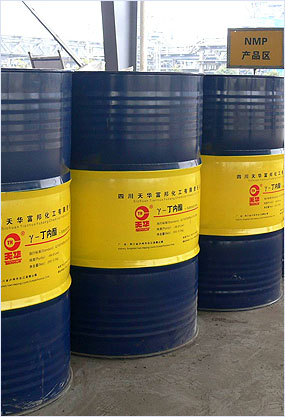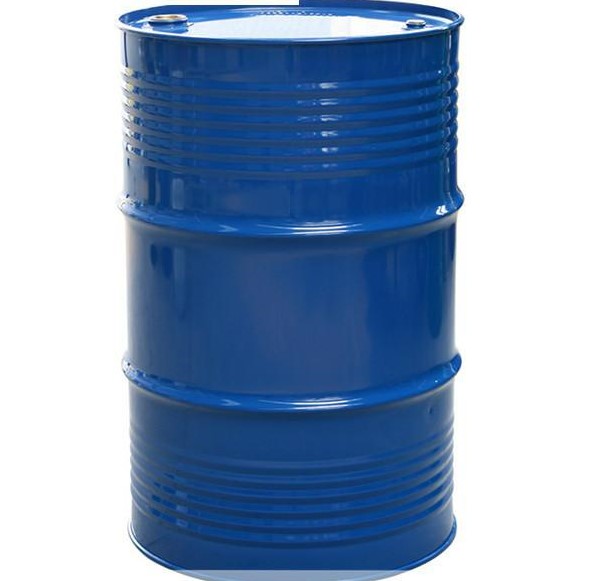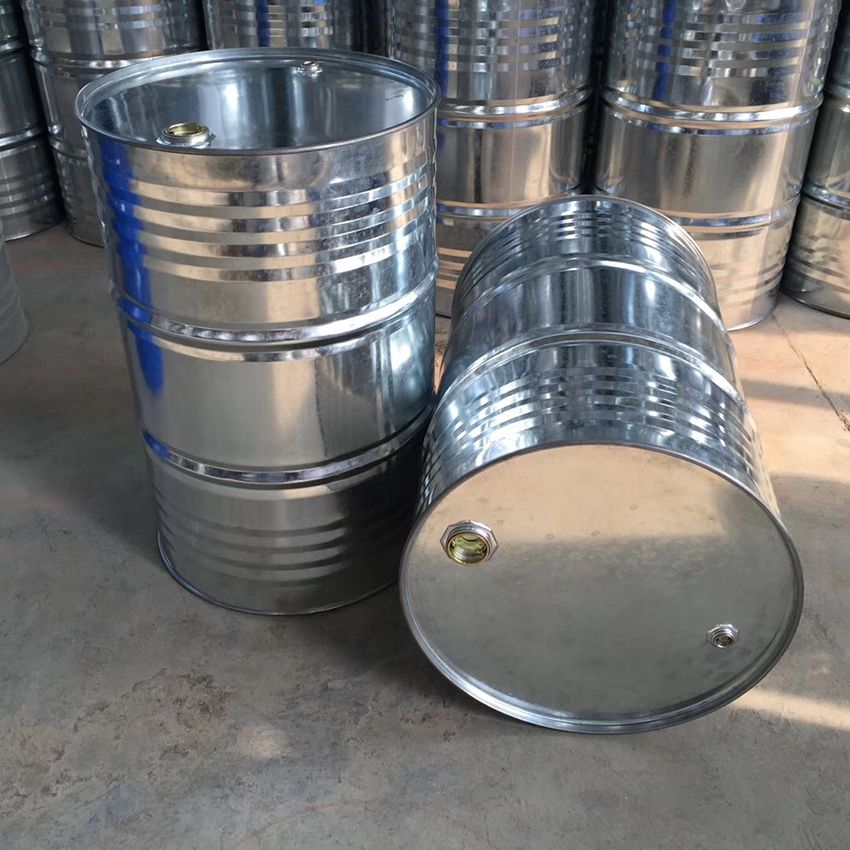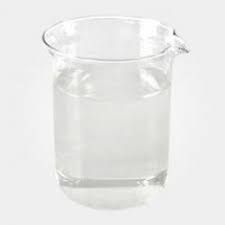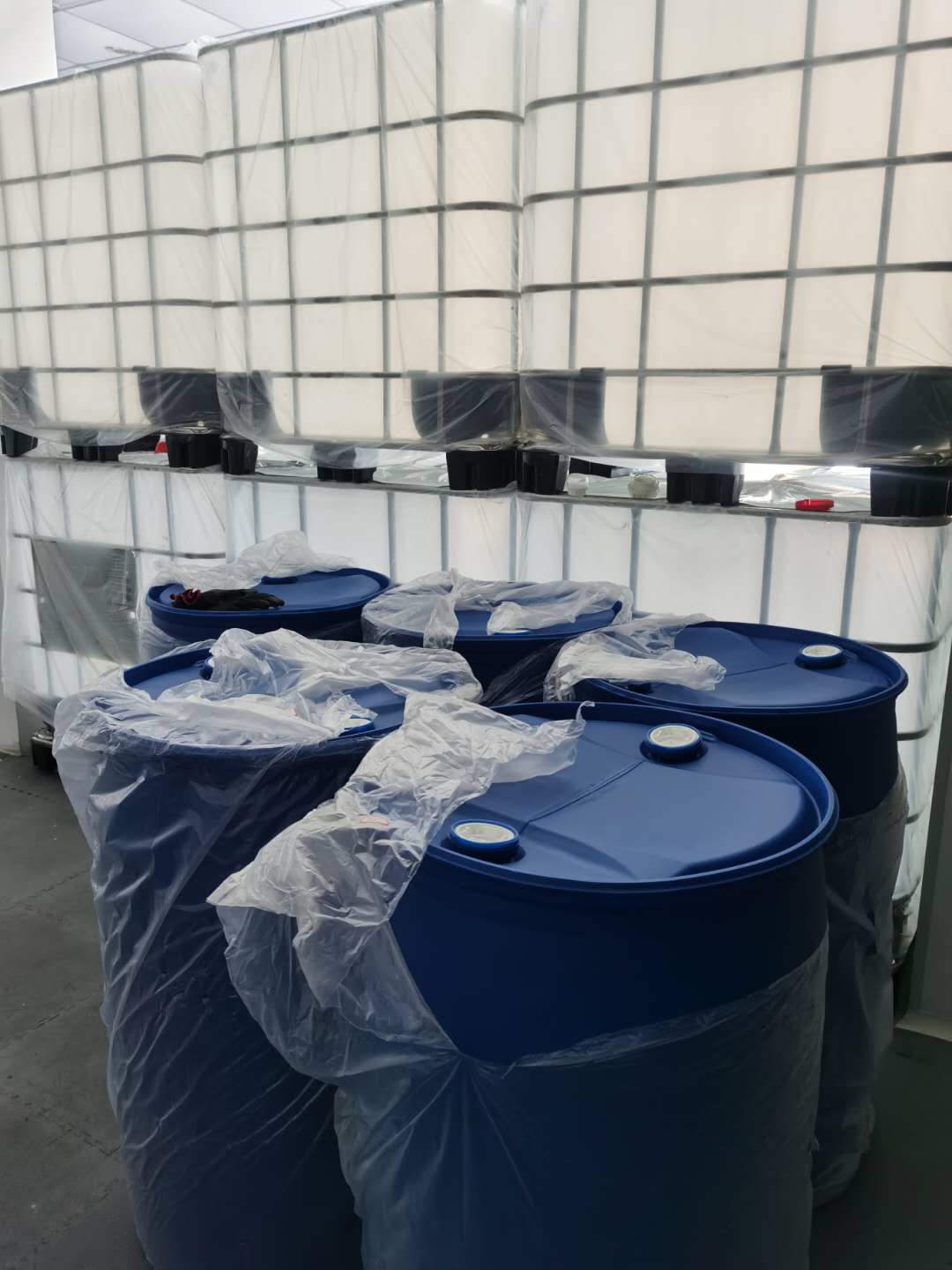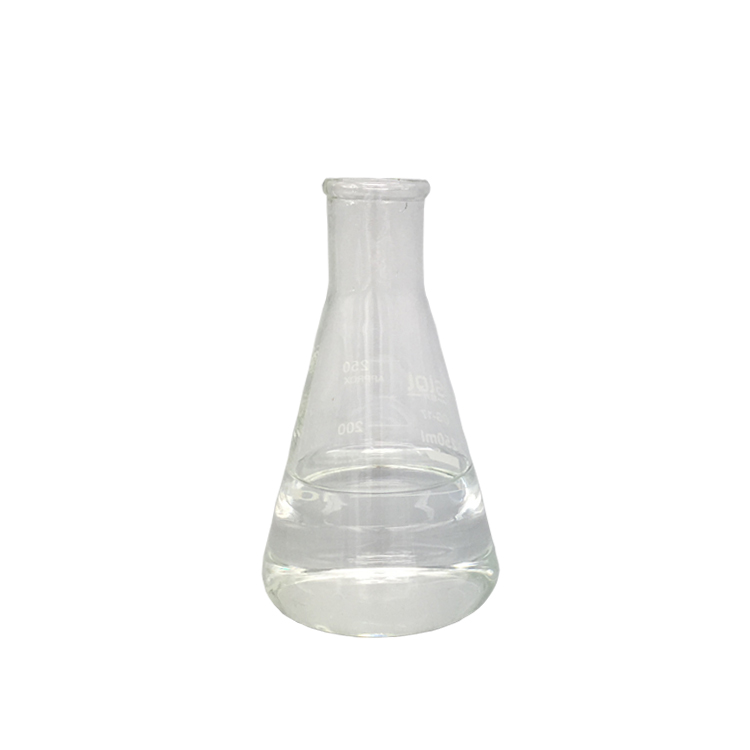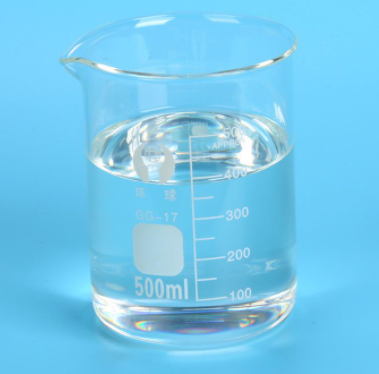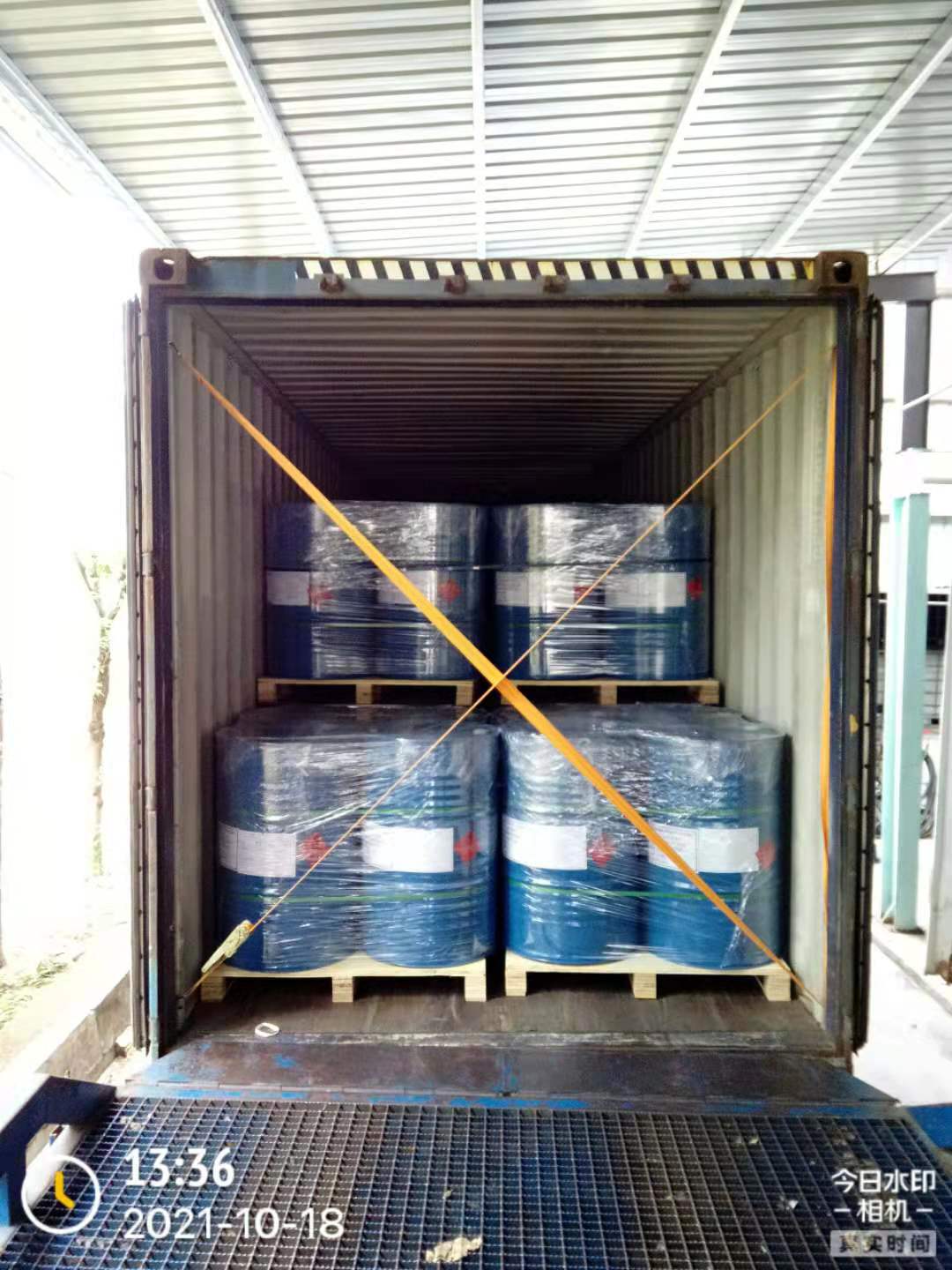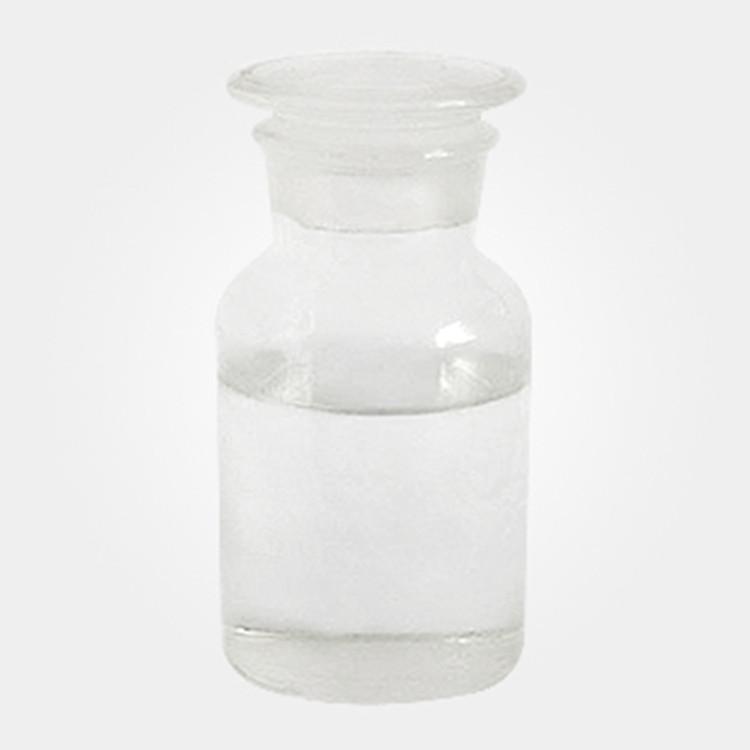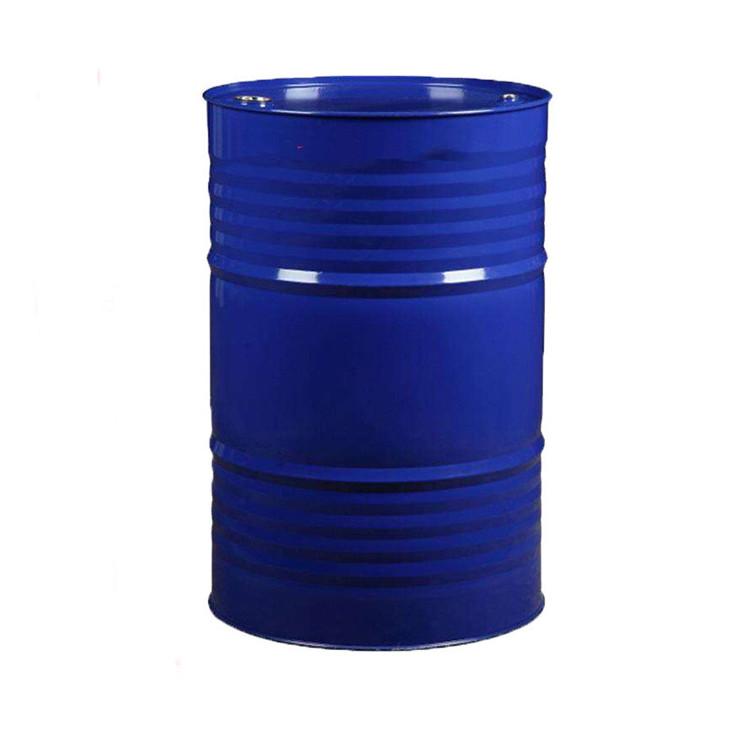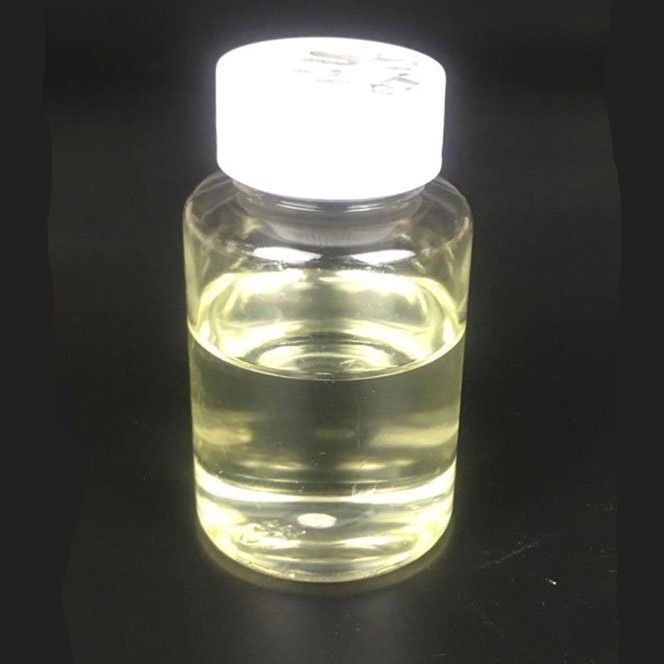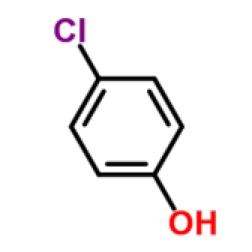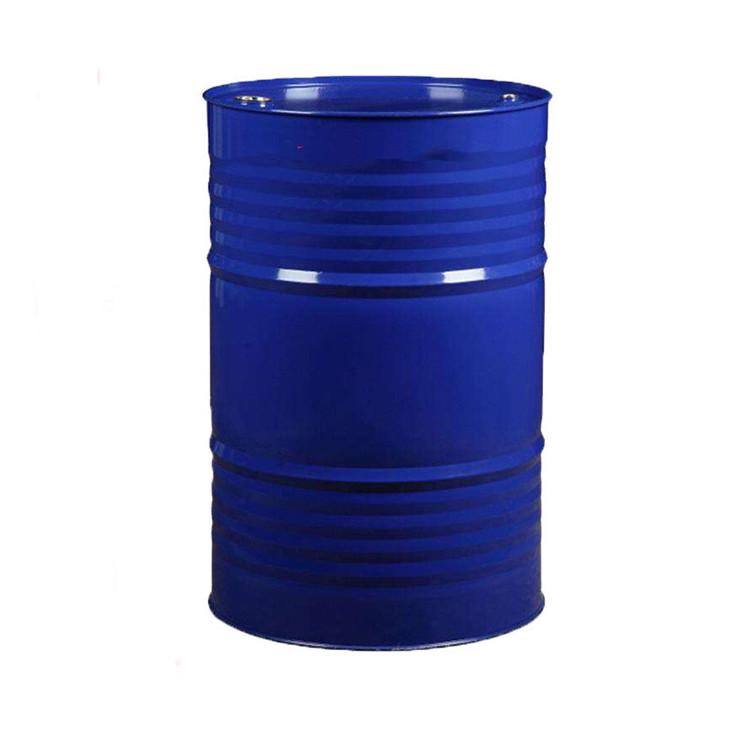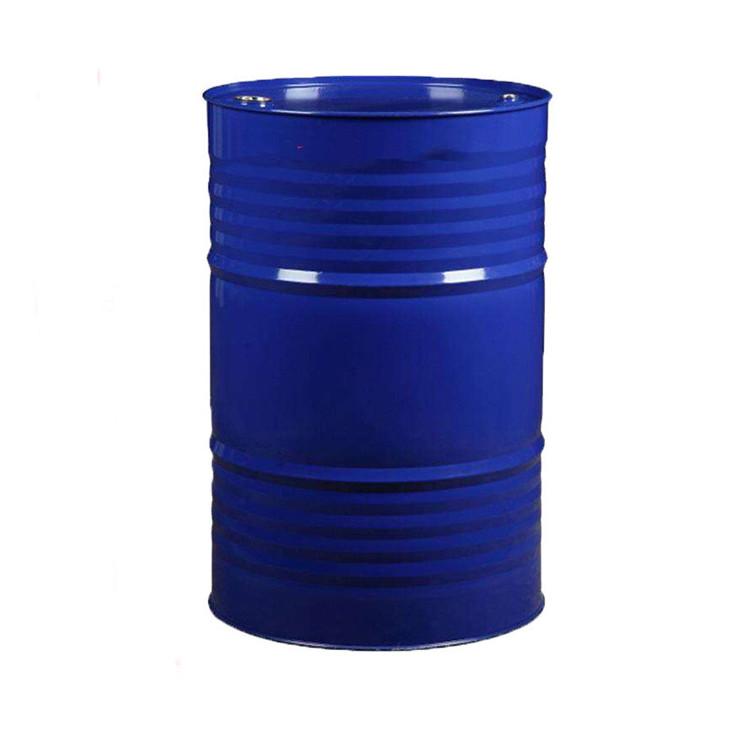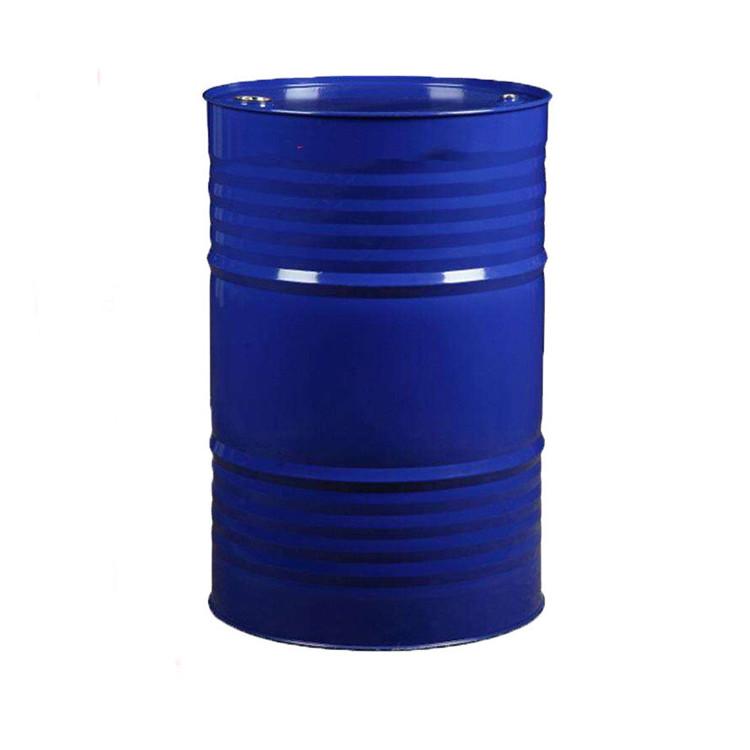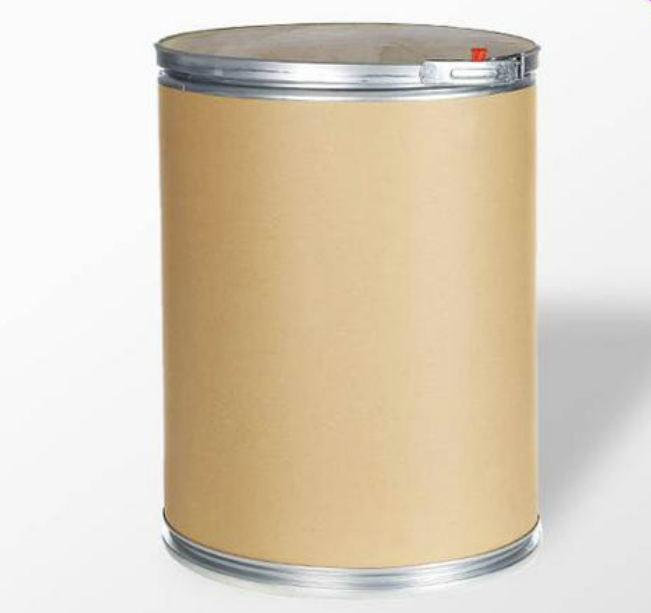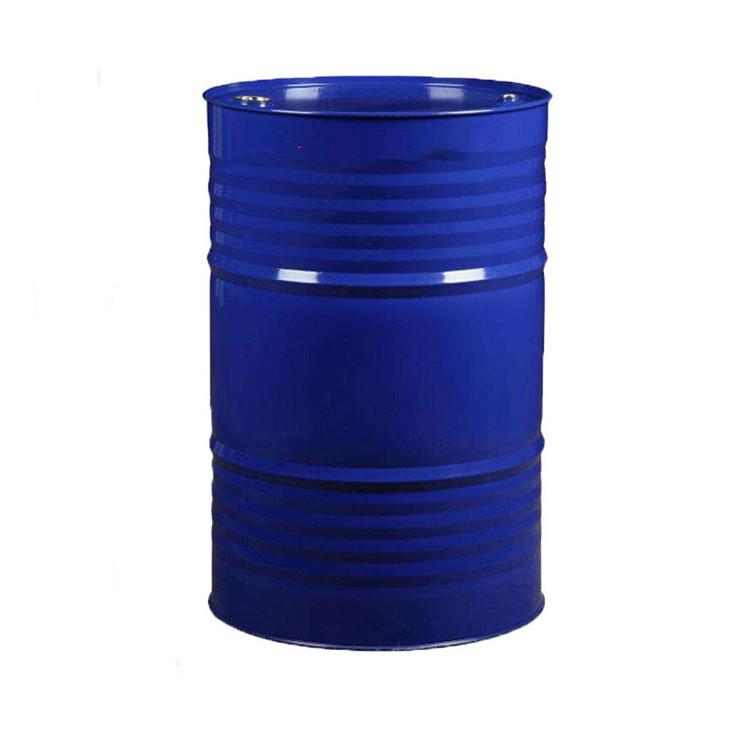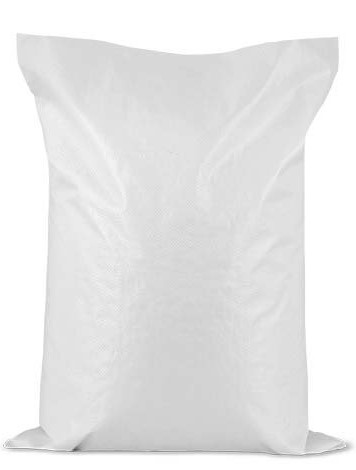Solvent
Find
335
related chemicals for you
CAS:872-50-4
Molecular Formula:C5H9NO
Alias
More Information
N-Methyl-Pyrrolidinone; N-Methyl-2-Pyridone-5-Carboxamide; 1-Methylpyrrolidin-2-One; N-Metilpirrolidon; N-Methyl Pyrrolidone ( NMP ); NMP; N-Methyl-Pyrrolidin-2-One; N-Methyl Pyrrolidone; 1-Methyl-2-Pyrrolidone; N-Methyl-2-Pyrrolidone; 1-Methyl-2-Pyrrolidinone; 1-Methyl-2-Oxo-Pyrrolidine; 2-Pyrrolidinone, 1-Methyl-; 1,6-Dihydro-N-Methyl-6-Oxonicotinamide; N-Methyl-6-Oxo-1,6-Dihydropyridine-3-Carboxamide; N-Methyl-2-Pyrrolidinone; n-Methyl Pyrolidone; N-Methyl Pyrrolidone (NMP); NMP in Water, 500 ppm GC Standard
Brief Introduction
This product is an excellent high-grade solvent, polar solvent with strong selectivity and stability, high-precision electronics, circuit boards, lithium batteries, etc. cleaning agent: high-grade coatings, inks and pigments such as degreasing, degreasing, dewaxing, polishing, rust prevention and paint removal, with low toxicity, high boiling point, strong solubility, nonflammability, biodegradability, recyclability It is safe to use and suitable for a variety of formula uses.
Suppliers
View More Vendors (14) >
Puyang Guangming Chemicals Co.,Ltd.
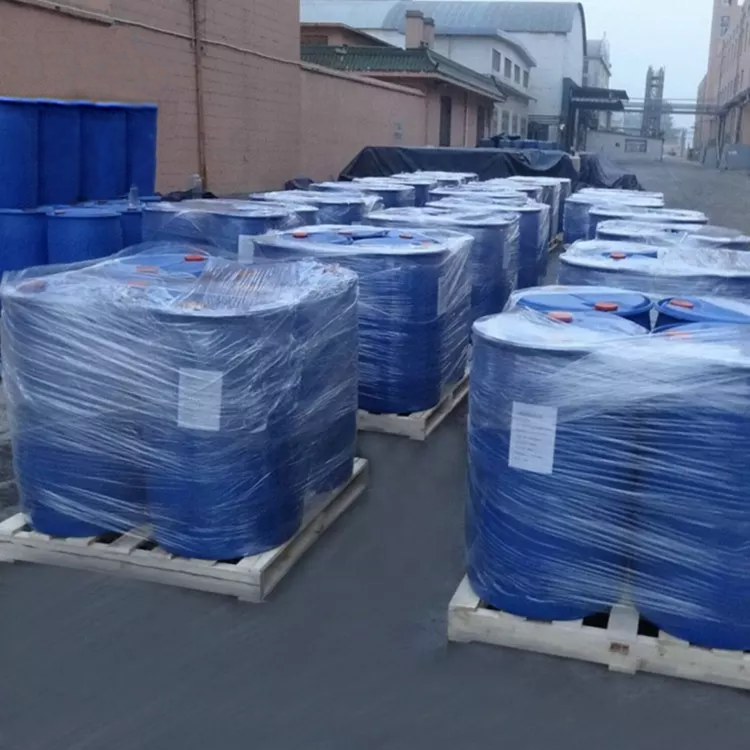
99.8%min
/
Electronic Grade
200kg
/
Plastic Drum
Chongqing Zhongrun Chemical Co.,Ltd.
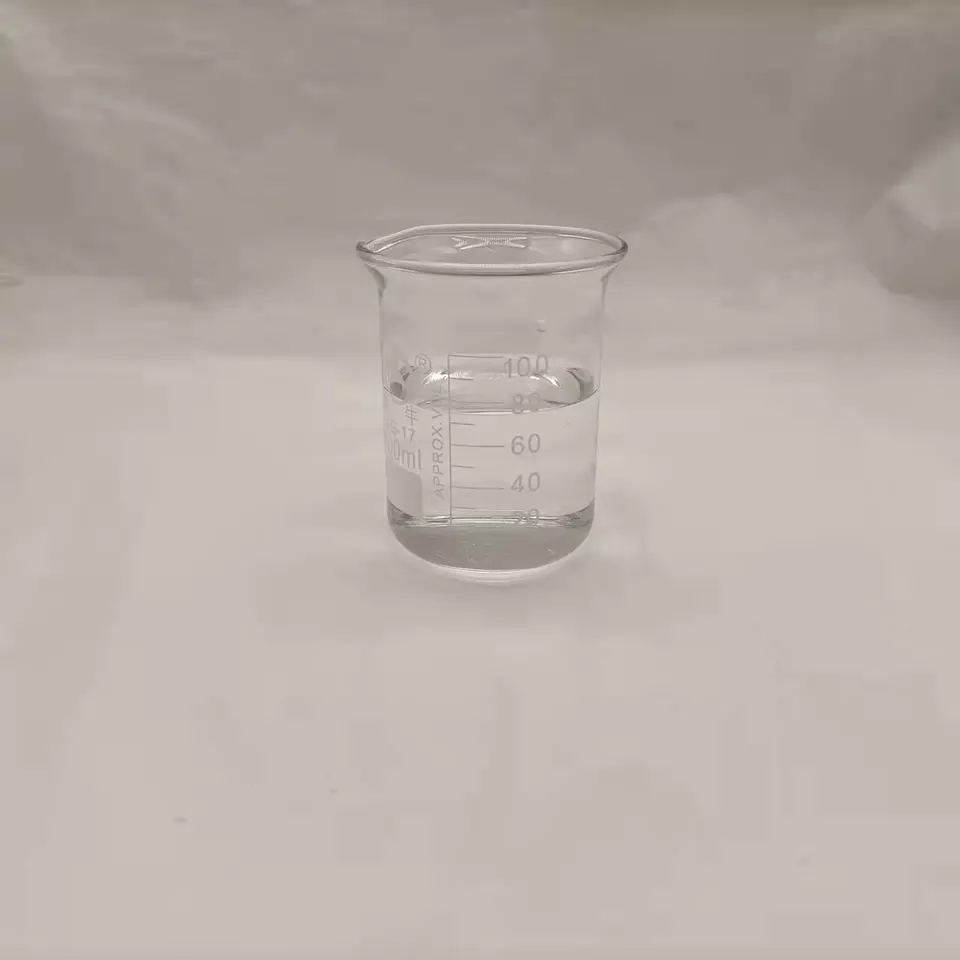
99.8%min
/
-
200kg
/
Plastic Drum
Qingdao Renas Polymer Material Co.,Ltd.
99.80%
/
Tech Grade
200kg
/
Plastic Drum
苏州嘉鼎化学有限公司
99.5%
/
-
CAS:57-55-6
Molecular Formula:C3H8O2
Alias
More Information
Propane-1,2-Diol; 1,2-Propanediol; PG; _|_; Propyledne Glycol; Isopropylene Glycol; Monopropylene Glycol; Alpha-Propyleneglycol; 2-Hydroxypropanol; Methylethyl Glycol; Methylethylene Glycol; MPG; C3H8O2; PM00158; Propan-1,2-diol; пропиленгликоль; Mono Propylene Glycol; Propylene Glycol Food Grade; Mono Propylene Glycol; Propylene Glycol Transportation; Monopropyl Glycol; PM; PM158; Pharma Monopropylenglykol; 1,2-Propylene Glycol; mono Propyleenglycol; Propylene Glycol Animal feed Grade
Brief Introduction
Propylene glycol has good solubility, less toxicity and irritation. It is widely used as solvent, extraction solvent and preservative for injection (such as intramuscular injection, intravenous injection) and non injection drug preparations (such as oral liquid, eye preparation, ear preparation, dental preparation, rectovaginal preparation, transdermal preparation, etc.), and is better than glycerol, It can dissolve many substances, such as corticosteroids (sex hormones), chloramphenicol, sulfonamides, barbiturates, reserpine, quinidine, dehydrocortisone acetate, tetrahydropalmatine sulfate, nitrogen mustard hydrochloride, vitamin A, vitamin D, many volatile oils, most alkaloids and many local anesthetics.
Suppliers
View More Vendors (12) >
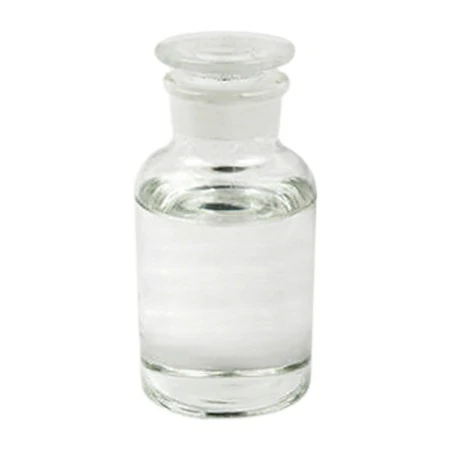
≥99.5%
/
Tech Grade
215kg
/
Iron Drum
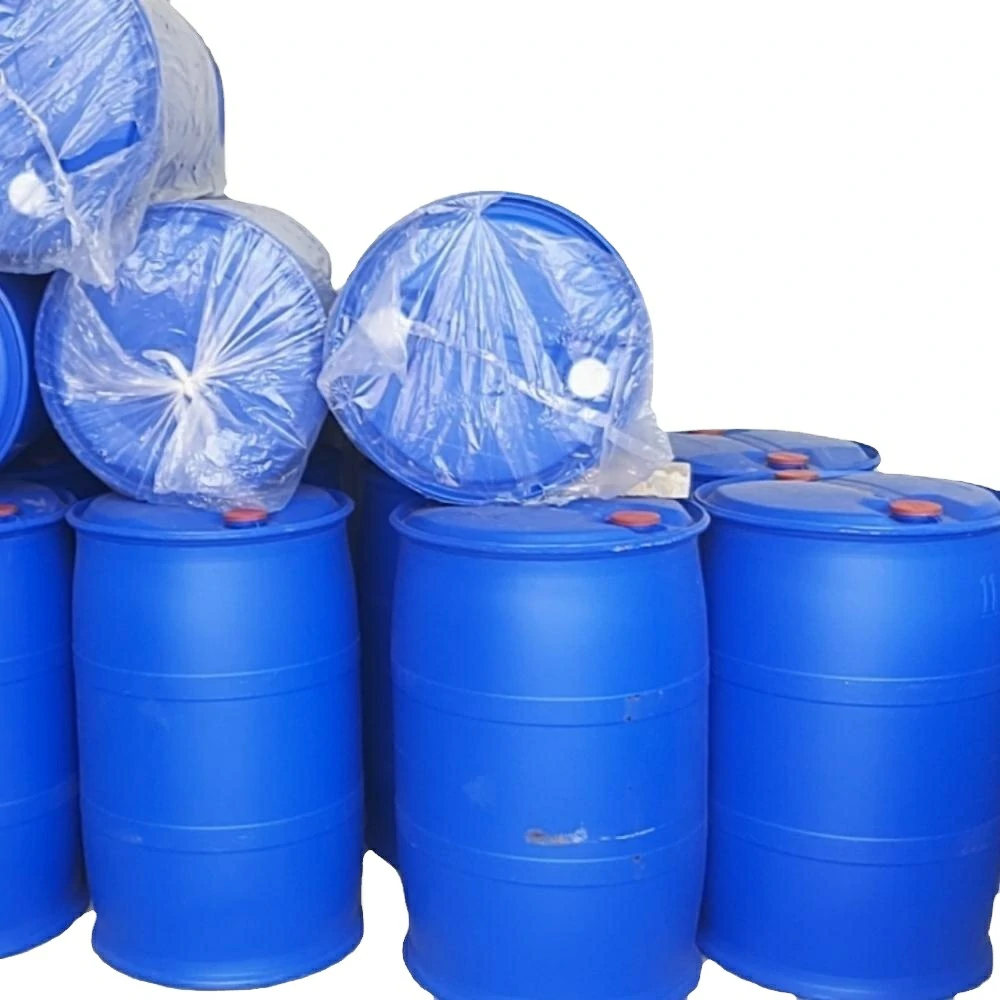
USP43/EP8.5
/
Pharm Grade
200kg
/
Plastic Drum
苏州嘉鼎化学有限公司
纯度99%
/
-
CAS:96-48-0
Molecular Formula:C4H6O2
Alias
More Information
Gamma-Butyrolactone; GBL; gama-Butyrolactone; Gamma Butyrolactone; Gamma Buterolactone; gama Buterolactone; Gamma Butyro Lactone
Brief Introduction
Gamma-butyrolactone is a butan-4-olide that is tetrahydrofuran substituted by an oxo group at position 2. It has a role as a neurotoxin and a metabolite.
4-butyrolactone is a clear colorless oily liquid with a pleasant odor.
Suppliers
View More Vendors (11) >
CAS:67-63-0
Molecular Formula:C3H8O
Alias
More Information
Propan-2-Ol; Iso-Propyl Alcohol; Iso-Propanol; Isopropanol; IPA; 2-Propanol; Prioh; Isopropyl Alcohol; I-Propyl Alcohol; ISO Propyl Alcohol; iso Propylene Alcohol
Brief Introduction
An organic compound, the isomer of n-propanol, also known as dimethyl methanol and 2-propanol, is also used as IPA in the industry. It is a colorless and transparent liquid with an odor like a mixture of ethanol and acetone. It is soluble in water, but also soluble in most organic solvents such as alcohol, ether, benzene, chloroform, etc. Isopropanol is an important chemical product and raw material. Mainly used in pharmaceuticals, cosmetics, plastics, fragrances, coatings, etc.
Suppliers
View More Vendors (9) >
Kellin Chemicals (Zhangjiagang) Co., Ltd
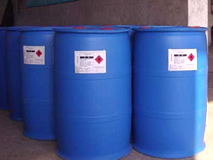
≥99.7%
/
Tech Grade
200kg
/
Plastic Drum
Bozhiyuan Technology (Guangdong) Co.,Ltd.
Assay≥99.99%
/
Electronic Grade
CAS:106-48-9
Molecular Formula:C6H5ClO
Alias
More Information
Parachlorophenol; P-Chlorophenic Acid; 4-Monochlorophenol; 4-Cl-Phenol; 4-Hydroxychlorobenzene; P-Monochlorophenol; 4-Chloro-Phenol; 4-Chloro-1-Hydroxybenzene; 4-Chlorophenol; P-Chlorophenol
Brief Introduction
Pure p-chlorophenol is white crystal, industrial product is yellow or pink crystal, almost insoluble in water, soluble in benzene, ethanol, ether, glycerol, chloroform, fixed oil and volatile oil. This product is mainly used for microscopic analysis, pharmaceutical and dye intermediates, alcohol denaturant and solvent, etc. it is also used as selective solvent for refining mineral oil. In the agricultural industry, it is mainly used for the synthesis of Triadimefon, Verbenone, wool fungicide, clozapine, propafenone, tetraphos, insecticide, etc. it is also used for the manufacture of pesticide fungicide 5,5 'dichloro-2,2' dihydroxydiphenylmethane and plant growth promoter. Dyestuff industry is used to produce 1,4-Dihydroxyanthraquinone, 1,4-diaminoanthraquinone, p-aminophenol and hydroquinone. The pharmaceutical industry is used for carboxylation of sodium 5-chloro-2-hydroxybenzoate, synthesis of p-chlorophenoxyisobutyric acid and other drugs, and synthesis of antioxidant BHA (butyl hydroxyanisole).
Suppliers
View More Vendors (9) >
Inquiry (
10
/ 10
)
Clear All
You can inquire for up to 10 products at a time
Sign In
Error!

